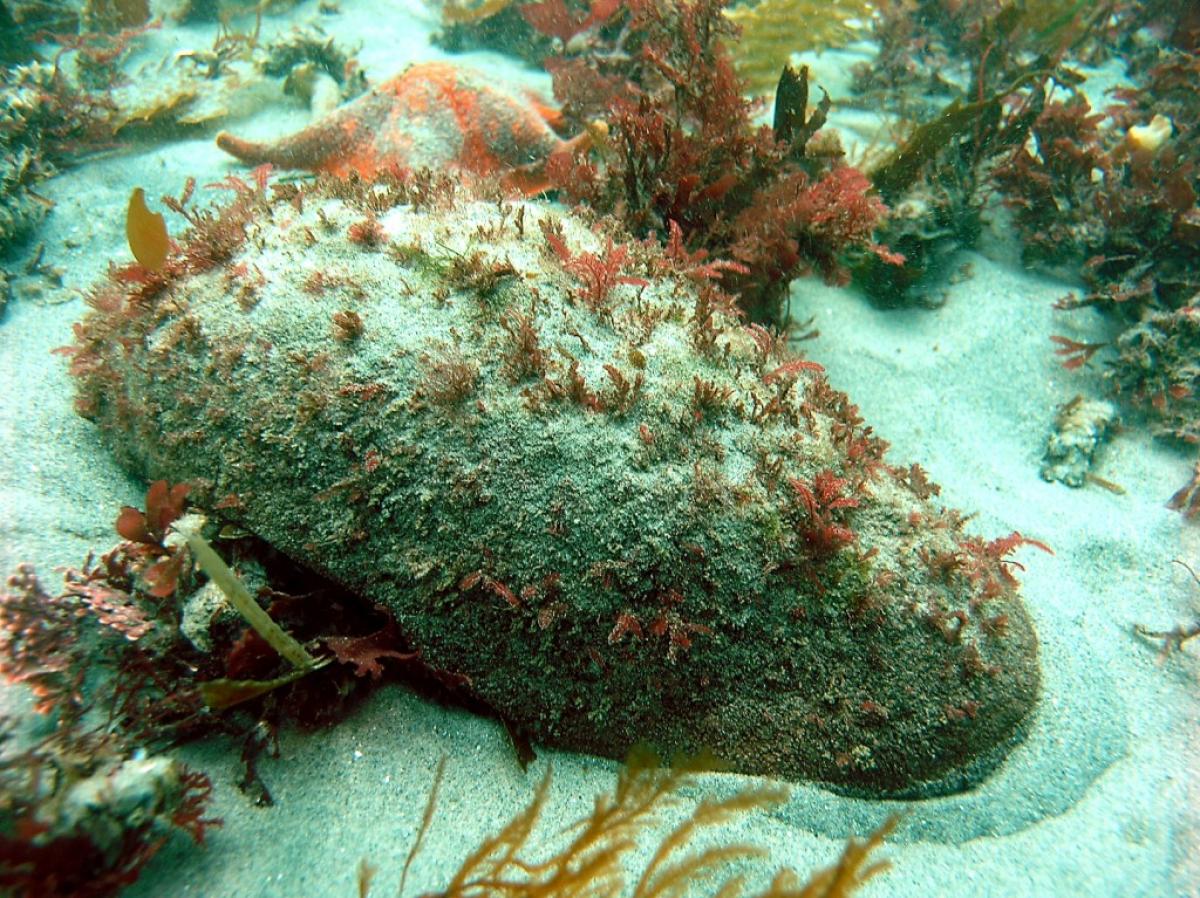Some animals have hard teeth for chewing their food, and they usually consist of calcium-based minerals. But, teeth can also contain a wide variety of other substances. In 2021 a team of researchers based in the United States reported a surprising discovery. They found that the roots of the teeth of a type of mollusk contain a mineral called santabarbaraite, an iron-based mineral previously found only in rocks.
Mollusks are a group of soft-bodied animals that includes snails, slugs, and octopuses. The researchers discovered the mineral in a large, reddish-brown mollusk called a gumboot chiton that looks like a meatloaf. The animal lives off the Pacific coast of North America. It eats algae, which it scrapes off rocks with a flexible, ribbon-like tongue called a radula. The soft tongue is studded with rows of rock-hard teeth made of magnetite, which do the scraping. The teeth are anchored to the radula by a structure called a stylus.
It was when researchers used advanced imaging techniques to analyze the stylus that they discovered that the roots of the teeth contain tiny particles of santabarbarite. Santabarbarite is hard but lightweight and contains less iron and more water than magnetite. Santabarbarite particles were embedded in chitin, the same substance that forms the hard outer shells of insects. The mixture appears to function to join the hard, sturdy teeth to the soft radula.
Now that the researchers have found santabarbarite in one species, they want to look for it in others. One goal is to identify new materials for practical use. The research team is experimenting with a new ‘ink’ for three-dimensional printers based on the iron minerals in the chiton’s teeth.










